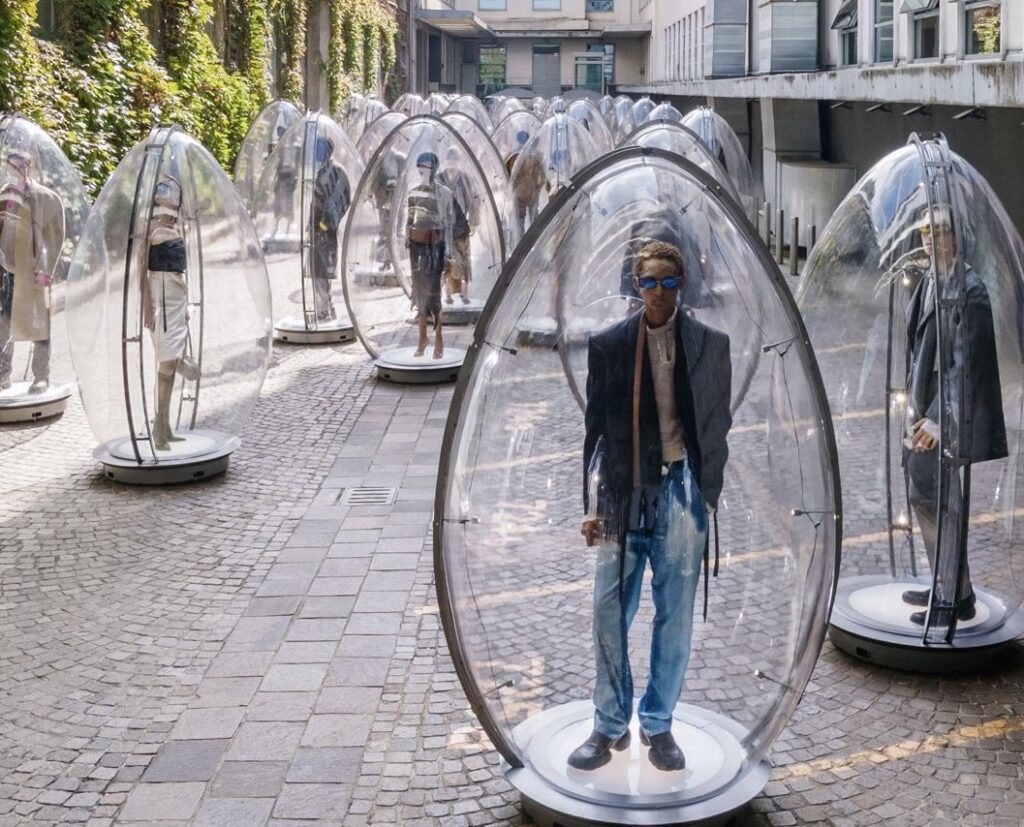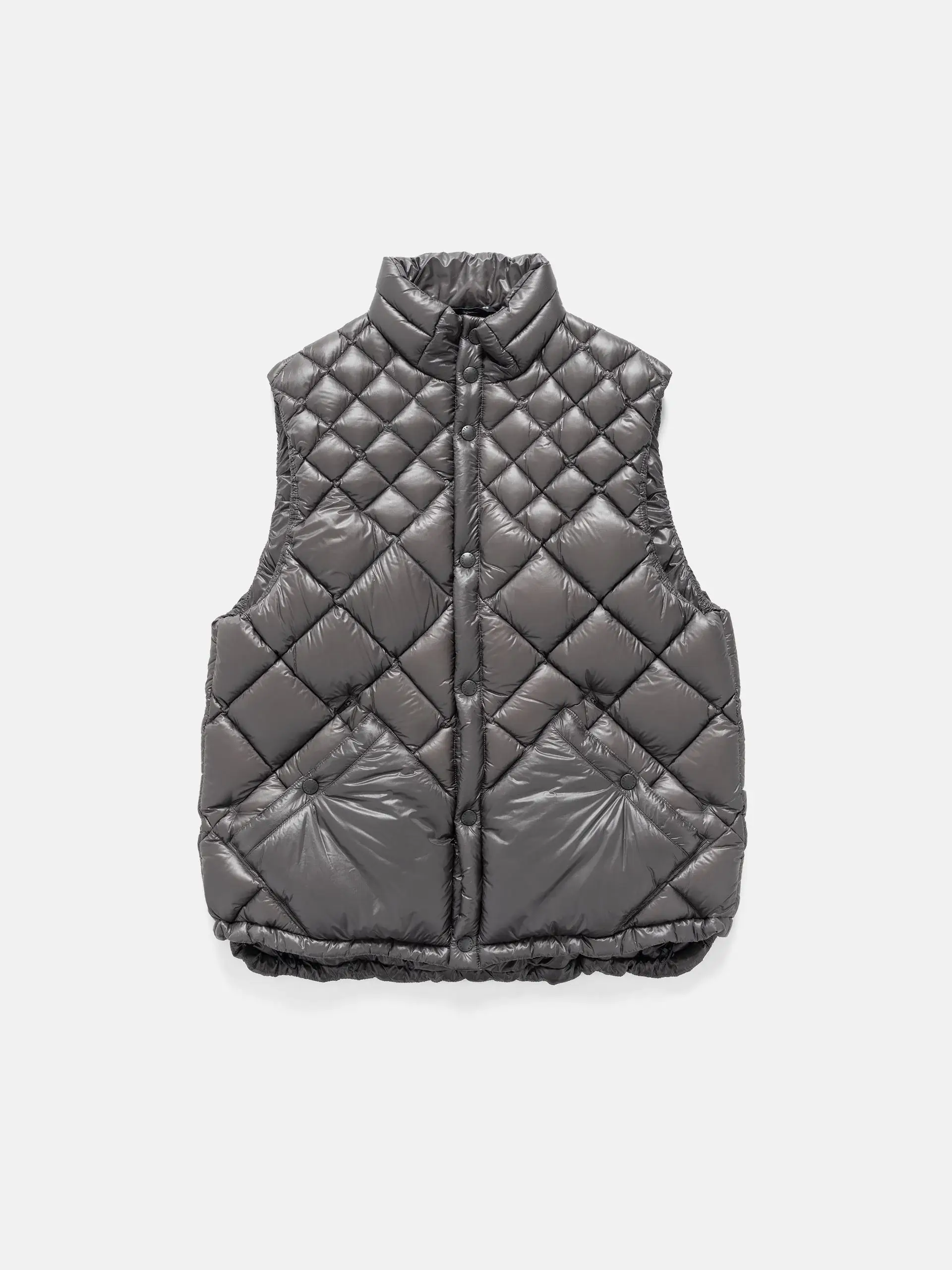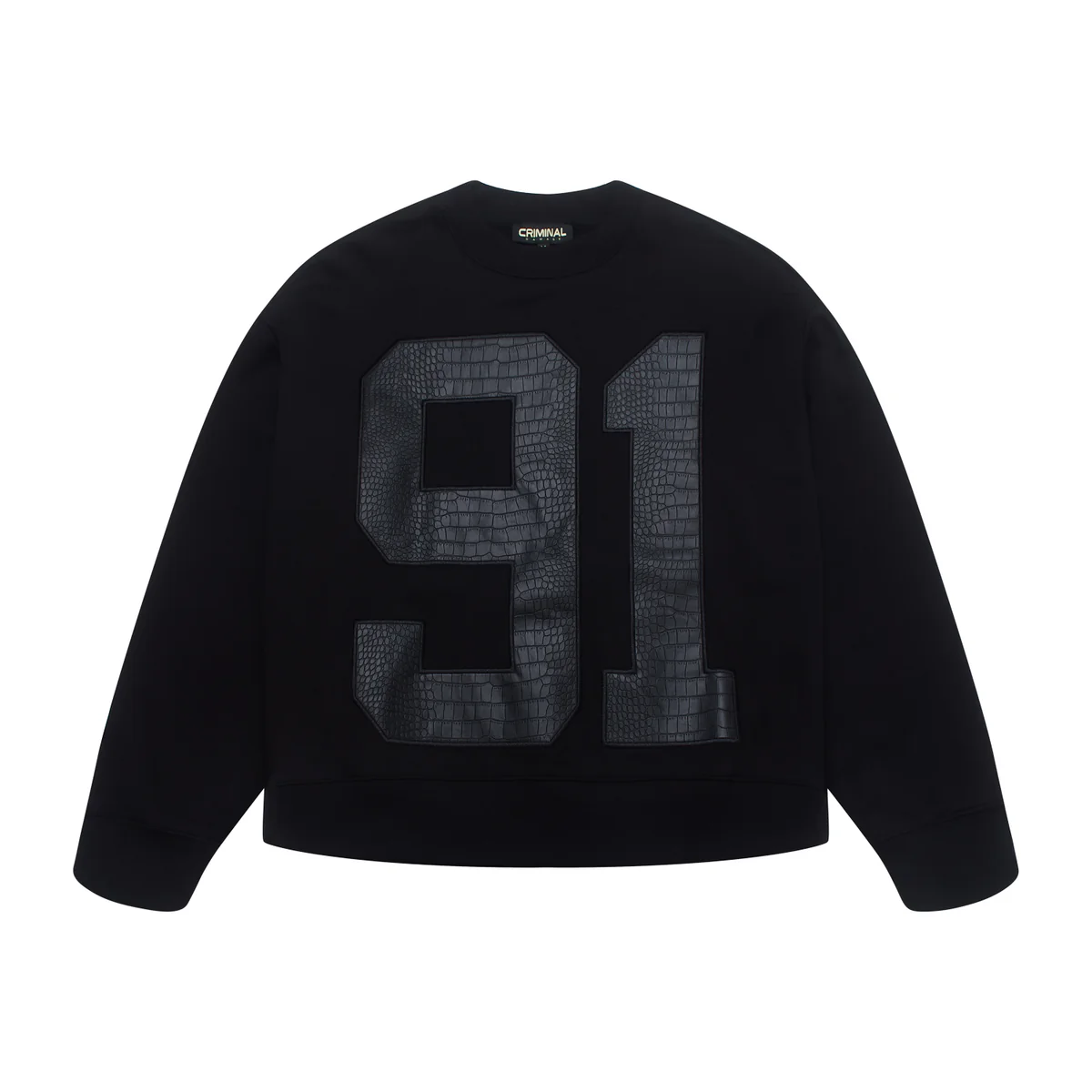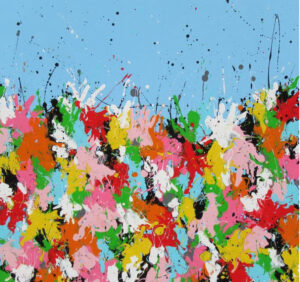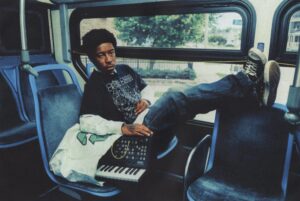Diesel has never been a brand that plays it safe. For Spring/Summer 2026, the Italian house once again proves that its DNA thrives on disruption, spectacle, and public participation. Instead of limiting its runway to an exclusive, velvet-roped venue, Diesel brings the show into the heart of Milan, transforming the city into a living stage. The SS26 collection, conceptualized with the creative guidance of Studio Dennis Vanderbroek, is presented inside transparent, egg-shaped vessels scattered across Milan — each holding one of the 55 full looks.
The format is as significant as the clothes themselves. Starting at 7:30 PM CEST, the brand’s city-wide “Egg Hunt” opens to everyone, free of charge. Fashion insiders, tourists, and Milanese citizens alike become participants in Diesel’s democratic experiment: high fashion cracked open, no longer locked behind invitation-only doors.
A Runway Without Borders
Runways are often synonymous with exclusivity, a coded language of access and hierarchy. Diesel challenges that model. By placing its SS26 collection in transparent capsules on city streets, the brand effectively dissolves the traditional runway. Each egg becomes both a protective case and a public display, a vessel that turns fashion into a spectacle accessible to all.
This approach blurs boundaries between insider culture and mass experience. Anyone walking through Milan can encounter these futuristic pods, peer inside, and engage with the work of Glenn Martens and his team. The clothes no longer walk past the audience — they stand still, suspended, like artifacts in a museum, while the public itself moves around them.
The Egg as Symbol
The egg-shaped design is no accident. Eggs symbolize beginnings, fragility, and transformation. For Diesel, encasing fashion in this form speaks to the protective yet transparent nature of creative ideas. Each vessel suggests a moment waiting to hatch — a metaphor for rebirth in the fashion system, which is constantly cracking under pressure from tradition, commerce, and innovation.
Studio Dennis Vanderbroek, the design force behind the concept, created these pods not just as cases but as icons. Their rounded geometry contrasts with Milan’s sharp Renaissance architecture, signaling the collision of old and new. At night, the eggs become glowing beacons across the city, guiding participants in a collective journey through fashion’s possibilities.
Disruption as Diesel’s Core
From its origins in the 1970s, Diesel has thrived on anti-establishment energy. Glenn Martens has amplified this legacy by staging runway shows that challenge expectations — whether it’s inflating condom-shaped structures, inviting massive public audiences, or merging performance art with presentation.
The SS26 Egg Hunt is a continuation of this disruptive ethos. By decentralizing the runway, Diesel reasserts its position as a brand that refuses to follow industry norms. The transparency of the eggs echoes Diesel’s ongoing commentary on exposure, honesty, and spectacle in a digital era where everything is both accessible and mediated.
The Clothes Inside
While the vessels capture attention, the collection inside still commands scrutiny. SS26 leans into Diesel’s signatures: deconstructed denim, irreverent tailoring, and a sensual grunge-meets-future aesthetic.
-
Denim Evolution: Martens reworks jeans into hybrid gowns, slashed jumpsuits, and exaggerated silhouettes. Bleached washes sit alongside raw indigos, referencing both streetwear history and futuristic dystopia.
-
Sheer Experimentation: Transparency is not limited to the eggs. Several looks play with sheer fabrics, layered over denim foundations, echoing the see-through nature of the concept.
-
Utility & Nightlife: Cargo pockets meet clubwear; metallic coatings shimmer under city lights. Diesel insists that function and fantasy can coexist.
-
Gender Fluidity: The 55 looks defy rigid categories, encouraging styling that disregards gender binaries. Diesel speaks to a generation uninterested in old rules.
The stillness of the egg format invites viewers to examine each detail with museum-like care — something impossible in the fleeting pace of a standard runway walk.
Milan as Stage
Choosing Milan is deliberate. As a city that hosts both global fashion weeks and centuries of artistic heritage, Milan is accustomed to performance. But Diesel shifts its role: from passive host of shows to active canvas for spectacle. The city streets themselves become part of the narrative, suggesting that fashion belongs not just in curated halls but in the shared urban landscape.
The scavenger-hunt aspect also appeals to younger audiences raised on gaming and interactive experiences. Each egg is a checkpoint, a discovery that gamifies fashion. The show becomes not just a presentation but an event of participation, where people navigate, photograph, and share their findings.
Studio Dennis Vanderbroek’s Touch
Studio Dennis Vanderbroek has long worked at the intersection of architecture, product design, and spectacle. Their collaboration with Diesel highlights how fashion increasingly requires more than garments — it needs immersive frameworks.
The egg vessels bear Vanderbroek’s signature approach: blending sculptural clarity with functional design. They are durable enough to withstand outdoor placement yet delicate enough to emphasize fragility. Their modular design allows for repeat use, pointing toward sustainability in event production — another layer of relevance in an industry often criticized for waste.
Democratization and Digital Echo
One of the most radical aspects of Diesel’s SS26 show is its accessibility. Free and open to the public, it dissolves hierarchies of who gets to see fashion first. This democratic approach mirrors the digital age, where livestreams and social media already erode exclusivity. Diesel simply takes it further: instead of streaming to phones, it projects fashion directly into streets.
As participants photograph and share the eggs, the event multiplies across platforms, each image cracked open into countless interpretations. The physical eggs become digital fragments, spreading Diesel’s message far beyond Milan.
The Aftermath of Disruption
The SS26 Egg Hunt raises questions for the industry. If fashion can be staged as a public treasure hunt, what becomes of the conventional runway? If collections can be viewed at leisure, does this alter how editors, buyers, and fans interpret clothing?
Diesel doesn’t provide answers but provokes discussion. And in doing so, it reinforces its place as fashion’s provocateur — a brand that thrives not on consensus but on conflict, dialogue, and spectacle.
Impression
The Diesel SS26 collection proves that fashion can be cracked wide open. By encasing 55 looks in transparent eggs across Milan, Diesel challenges exclusivity, reimagines the runway, and hands fashion back to the streets. Conceptualized by Studio Dennis Vanderbroek, the event is as much about architecture, symbolism, and public participation as it is about clothes.
In an industry often accused of being insular, Diesel’s Egg Hunt reminds us that style can — and should — belong to everyone. The SS26 runway isn’t a straight line; it’s a city-wide circle, waiting to be discovered, shared, and ultimately, cracked open.
No comments yet.

